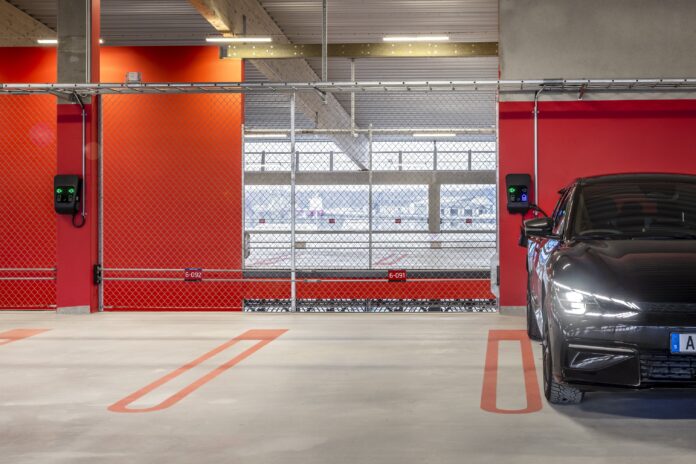A new survey by CTEK, a prominent EV chargepoint manufacturer, reveals that UK drivers in their 30s, dubbed ‘Generation E,’ are poised to lead the country’s transition to Electric Vehicles. The survey, conducted by Find Out Now among more than 1,000 UK drivers, indicates that this demographic is the most primed to adopt EVs and move away from petrol and diesel cars in the coming years.
The findings show a significant shift among thirty-somethings. Almost two-thirds (61%) foresee themselves driving an EV by 2035, at which point they will be in their 40s. Only a small minority (17%) of this age group believes they will still be driving an internal combustion engine (ICE) vehicle by then. Even sooner, by 2030, a majority (59%) of ‘Generation E’ is expected to be driving a Battery Electric Vehicle (BEV) or a hybrid, with only just over a fifth (21%) anticipating they will still be driving an ICE car.
Why ‘Generation E’ Leads the Way
Daniel Forsberg, Marketing Manager EVSE at CTEK, explained the rationale behind the ‘Generation E’ moniker. “We’re calling UK drivers in their 30s ‘Generation E’ because they are leading the way in practically every question we asked in our nationally representative survey,” Forsberg stated. He suggested that several factors are at play, including their likely financial means to choose electric vehicles and a strong environmental and climate awareness that motivates their decision. Closely following ‘Generation E’ are 18 to 29-year-olds, identified as the second age group most likely to go EV. In contrast, the survey found that older generations, aged 55 and above, are least likely to switch, despite potentially having the financial capacity. Forsberg suspects they remain “more wedded to fossil fuels after decades of driving ICE cars.“
Broader UK EV Adoption Trends
Looking at all age groups, the survey suggests a significant transformation in the UK’s vehicle landscape. By 2030, 45% of all drivers could be in an EV, outnumbering the 34% who expect to still be driving diesel or petrol ICE vehicles. This trend continues, with ICE drivers projected to fall to just a quarter (25%) by 2035.
The survey also predicts notable shifts among current hybrid drivers. Among Plug-in Hybrid Electric Vehicle (PHEV) drivers, 43% are expected to go fully electric by 2030, increasing to 57% by 2035. Similarly, nearly one in three (28%) of self-charging hybrid drivers anticipate driving a BEV by 2030, growing to 39% by 2035. Current BEV drivers show strong loyalty, with 88% expecting to still be driving a BEV in 2030. Furthermore, current PHEV and self-charging hybrid drivers are almost universally likely to avoid purely ICE vehicles for their next purchase, with only 4% foreseeing themselves powered solely by petrol or diesel.
The Evolving Used EV Market
CTEK’s survey also explored intentions in the used car market. More than a third (35%) of drivers likely to buy a used car next expressed interest in an EV. This group includes 10% each for BEVs and PHEVs, and 15% for self-charging hybrids. However, the majority (64%) of drivers buying used vehicles still expect to opt for an ICE car.
“The used car picture for BEVs and other EVs is evolving rapidly as the first big wave of electric cars enters the second-hand market,” Daniel Forsberg noted. “Our survey shows there is a demand there and again it is ‘Generation E’ in their 30s who lead the way with almost half (48%) thinking they will buy a used EV.” Overall, the survey results strongly indicate a rapidly approaching future of mass adoption of electric mobility, particularly among younger generations. This suggests millions more EVs on UK roads in just a few years, prompting a crucial question: where will they all charge? Forsberg emphasized that “the roll-out of public charging must accelerate to keep pace with the huge demand our survey results suggest will emerge.”

